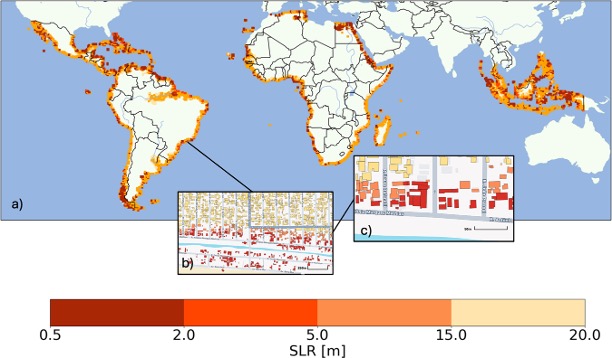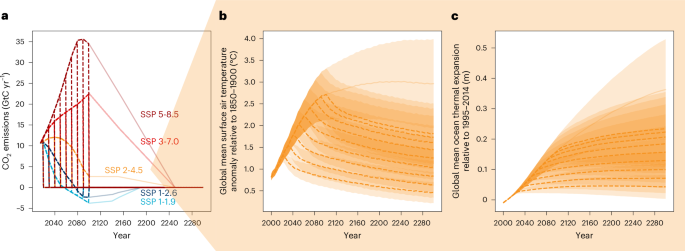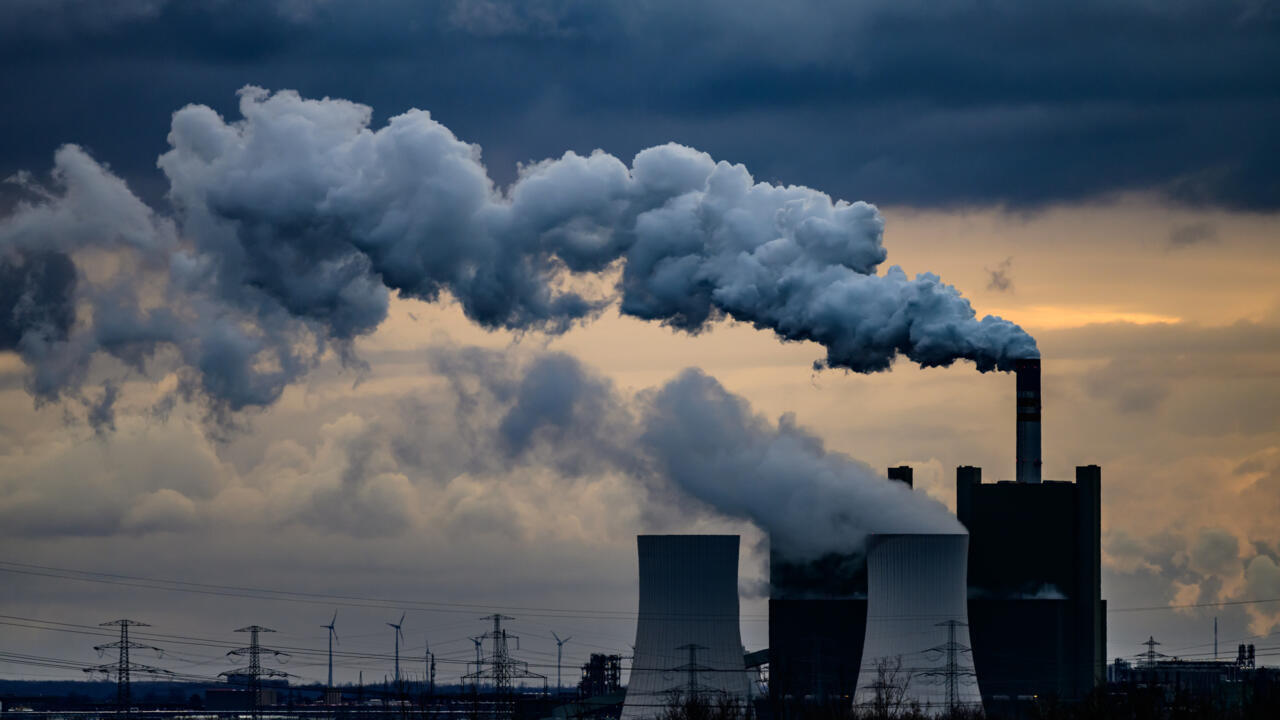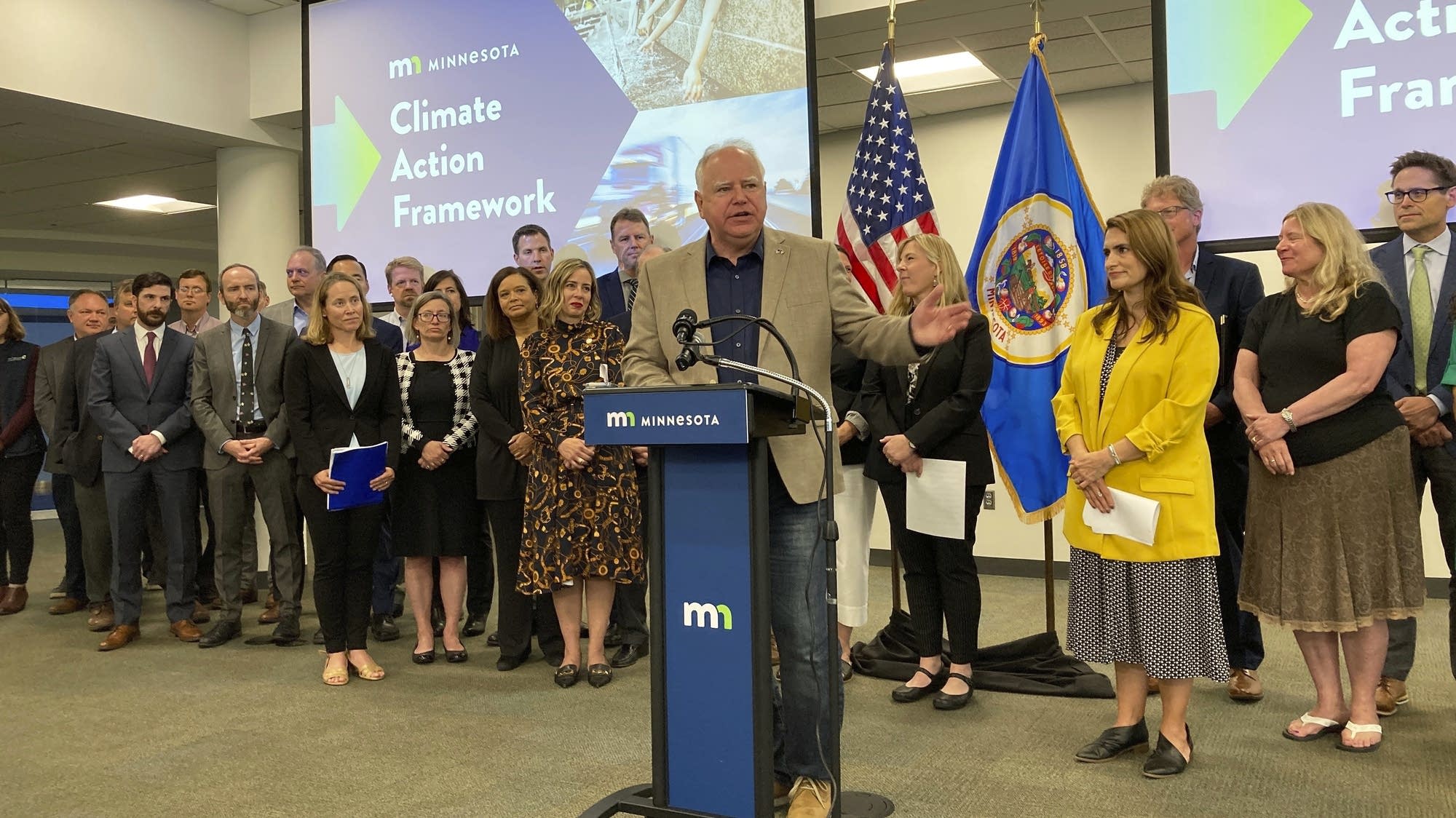Report on Sea-Level Rise and its Impact on Sustainable Development in the Global South
Introduction: Climate Change and the Threat to Global Goals
A recent study provides the first large-scale assessment of the vulnerability of built environments in the Global South to sea-level rise, a direct consequence of climate change. The findings present a significant challenge to the achievement of multiple Sustainable Development Goals (SDGs), particularly those related to poverty, infrastructure, and sustainable communities. The research underscores the urgency of SDG 13 (Climate Action), as rising seas threaten millions of lives, livelihoods, and critical infrastructure in coastal regions across Africa, Southeast Asia, and Central and South America.
Vulnerability of Infrastructure and Economic Stability (SDG 9, SDG 8)
The study highlights the profound risk to essential infrastructure, a core component of SDG 9 (Industry, Innovation, and Infrastructure). The global community’s reliance on goods, food, and fuel passing through coastal ports means that disruption from sea-level rise will have cascading effects on the interconnected global economy, jeopardizing SDG 8 (Decent Work and Economic Growth).
- The assessment is the first of its kind to map individual buildings and their vulnerability on such a large scale.
- It utilizes innovations in remote sensing, machine learning, and high-resolution topographic data to model the impact.
- The disruption of this infrastructure threatens global supply chains and food systems, impacting nations far from the coast.
Key Findings of the Vulnerability Assessment
The research analyzed 840 million buildings across the Global South, considering three distinct scenarios for local sea-level rise. The results indicate a severe and escalating threat.
- Scenario 1 (0.5-meter rise): Even with ambitious CO2 emission cuts, a half-meter rise is widely expected before 2100. This would result in the inundation of approximately 3 million buildings.
- Scenario 2 (5-meter rise): This more severe scenario would inundate about 45 million buildings, potentially wiping out over 80 percent of the building stock in some coastal nations.
- Scenario 3 (20-meter rise): In a dire, long-term scenario, over 130 million buildings would be inundated.
It is critical to note that these figures represent a minimum estimate, as the study did not factor in compounding effects such as erosion, storm surges, or tidal intensification.
Implications for Sustainable Cities and Human Well-being (SDG 11, SDG 1, SDG 2)
The concentration of vulnerable buildings in low-lying, densely populated areas poses a direct threat to SDG 11 (Sustainable Cities and Communities). With nearly 750 million people living within 5 kilometers of a shoreline, the scale of the human impact is immense, undermining efforts to achieve other fundamental goals.
- SDG 1 (No Poverty): The loss of homes, businesses, and livelihoods in coastal areas threatens to push millions of people into poverty.
- SDG 2 (Zero Hunger): Damage to ports and coastal agricultural land compromises food security and distribution networks.
- The findings reveal that entire neighborhoods and industrial districts are often at risk, requiring comprehensive strategies to ensure communities remain safe and resilient.
Recommendations for Policy and Planning
The study’s data and interactive maps provide a critical tool for policymakers and urban planners to mitigate risks and build resilience. A proactive approach is essential for safeguarding future development.
- Integrate Climate Risk into Urban Planning: Use detailed risk assessments to inform new land-use strategies, guide development away from high-risk zones, and implement adaptive designs, directly supporting the targets of SDG 11.
- Invest in Resilient Infrastructure: Prioritize the development of climate-resilient infrastructure as outlined in SDG 9 to protect economic lifelines and essential services.
- Accelerate Climate Action: Recognize that the most effective way to limit long-term risk is to urgently reduce fossil fuel emissions, which is the central aim of SDG 13.
- Plan for Adaptation and Relocation: Begin difficult but necessary conversations and planning for the eventual relocation of communities where inundation becomes unavoidable.
Analysis of Sustainable Development Goals in the Article
1. Which SDGs are addressed or connected to the issues highlighted in the article?
-
SDG 13: Climate Action
- The article is fundamentally about the consequences of climate change. It explicitly states, “Everyone of us will be affected by climate change and sea level rise,” and attributes the problem to increased carbon dioxide in the atmosphere from burning fossil fuels. The entire discussion of rising seas is framed as a direct result of climate change.
-
SDG 11: Sustainable Cities and Communities
- The core focus of the study mentioned in the article is the vulnerability of the “built environments” in coastal regions. It discusses threats to “untold swaths of vital infrastructure,” “ports,” and millions of buildings. The article also highlights the role of “urban planners” in using this data to “minimize risks to developments,” which directly relates to making cities and human settlements resilient.
-
SDG 9: Industry, Innovation and Infrastructure
- The article emphasizes the risk to “vital infrastructure” and “coastal infrastructure,” including ports which are critical for the “globally interconnected economy and food system.” This connects to the goal of developing resilient infrastructure to support economic development.
-
SDG 1: No Poverty
- The study specifically focuses on the “Global South” and mentions that rising seas threaten “millions of lives and livelihoods.” The impact on vulnerable coastal populations, who often have fewer resources to adapt, directly links to the goal of building the resilience of the poor and reducing their vulnerability to climate-related disasters.
2. What specific targets under those SDGs can be identified based on the article’s content?
-
Target 13.1: Strengthen resilience and adaptive capacity to climate-related hazards and natural disasters in all countries.
- The article underscores the urgency for adaptation, stating, “The sooner coastal communities can start planning for it, the better chance they have of continuing to flourish.” The study itself is a tool to build this adaptive capacity by identifying high-risk areas.
-
Target 11.5: By 2030, significantly reduce the number of deaths and the number of people affected and substantially decrease the direct economic losses… caused by disasters, including water-related disasters…
- The article quantifies the potential impact of coastal flooding (a water-related disaster) by estimating that “roughly 3 million buildings would be inundated” in an optimistic scenario and up to “45 million buildings” in a more severe one. This directly addresses the measurement of potential economic and infrastructure losses. It also notes that “close to 750 million people, live within 5 kilometers of the shoreline,” highlighting the number of people potentially affected.
-
Target 11.b: …increase the number of cities and human settlements adopting and implementing integrated policies and plans towards… adaptation to climate change, resilience to disasters…
- The article points out that studies like the one discussed “can also help urban planners minimize risks to developments” and “help inform new land-use strategies and adaptive designs.” The creation of an “interactive map” is a tangible tool to support the implementation of such plans.
-
Target 9.1: Develop quality, reliable, sustainable and resilient infrastructure… to support economic development and human well-being…
- The article warns that “Disruption of this essential infrastructure [ports and coastal infrastructure] could play havoc with our globally interconnected economy and food system.” This highlights the need to build or adapt infrastructure to be resilient to the threat of sea-level rise.
-
Target 1.5: By 2030, build the resilience of the poor and those in vulnerable situations and reduce their exposure and vulnerability to climate-related extreme events…
- The study’s focus on the “Global South” directly addresses this target. By mapping the vulnerability of buildings in these regions, it provides crucial information to help reduce the exposure of vulnerable populations to the slow-onset disaster of sea-level rise.
3. Are there any indicators mentioned or implied in the article that can be used to measure progress towards the identified targets?
-
Number of buildings and value of infrastructure at risk from coastal flooding.
- The article provides explicit numbers: “3 million buildings” at risk with a 0.5-meter rise, “45 million buildings” with a 5-meter rise, and “130 million buildings” with a 20-meter rise. This serves as a direct indicator for measuring potential economic losses and exposure (relevant to Target 11.5).
-
Number of people living in low-lying coastal zones.
- The article states that “close to 750 million people, live within 5 kilometers of the shoreline,” which is a key indicator for measuring the number of people potentially affected by sea-level rise (relevant to Target 11.5 and 1.5).
-
Rate of sea-level rise.
- The article mentions that “global sea levels are now rising by about 4.5 millimeters per year.” This is a direct physical indicator of the escalating climate hazard that adaptation strategies must address (relevant to Target 13.1).
-
Adoption of local disaster risk reduction and climate adaptation strategies.
- The article implies this indicator by mentioning that the study’s interactive map can “help inform new land-use strategies and adaptive designs.” The existence and use of such data-driven plans by “urban planners” and “coastal communities” would be a measure of progress towards building resilience (relevant to Target 11.b and 13.1).
4. Summary Table of SDGs, Targets, and Indicators
| SDGs | Targets | Indicators |
|---|---|---|
| SDG 13: Climate Action | 13.1: Strengthen resilience and adaptive capacity to climate-related hazards. |
|
| SDG 11: Sustainable Cities and Communities |
11.5: Reduce the number of people affected and economic losses from disasters. 11.b: Increase cities adopting and implementing policies for climate change adaptation and disaster resilience. |
|
| SDG 9: Industry, Innovation and Infrastructure | 9.1: Develop quality, reliable, sustainable and resilient infrastructure. |
|
| SDG 1: No Poverty | 1.5: Build the resilience of the poor and reduce their vulnerability to climate-related events. |
|
Source: sciencealert.com





